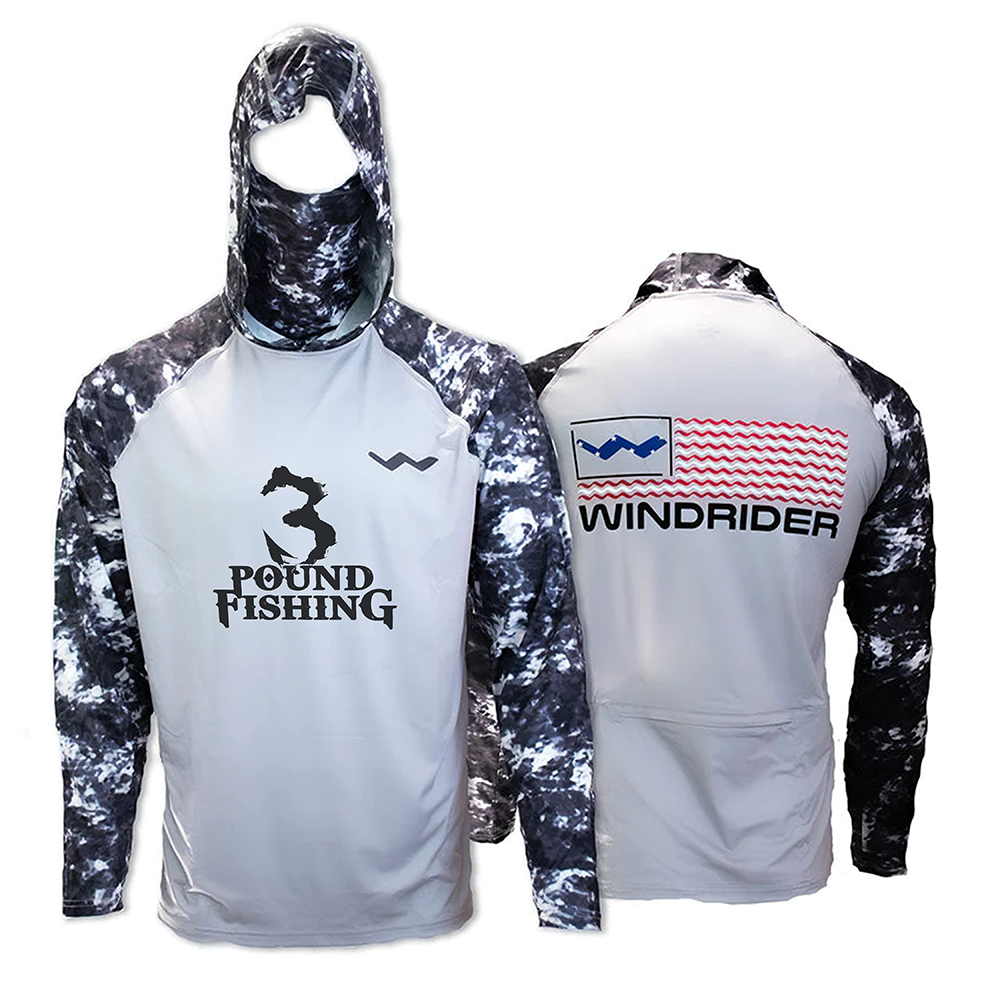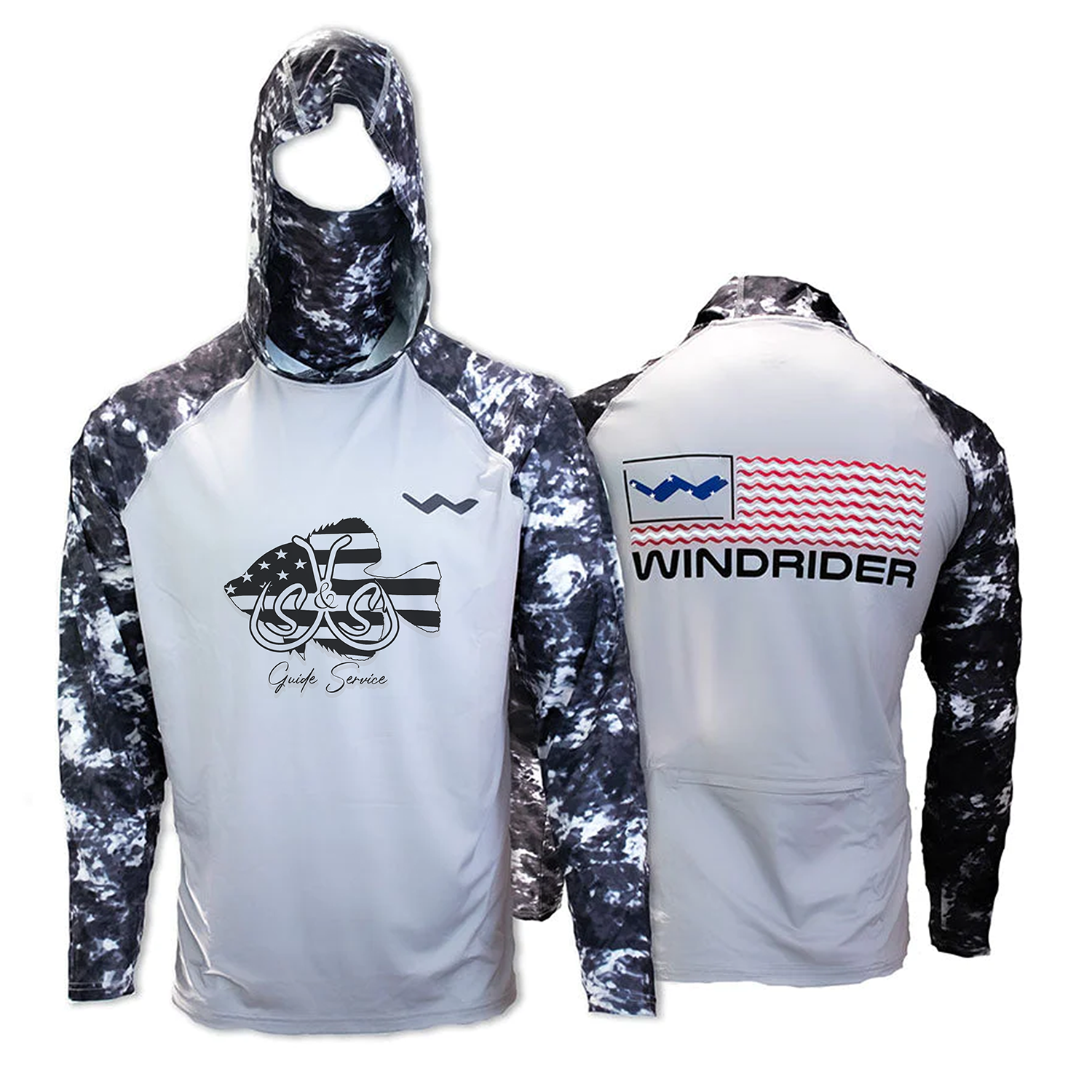The Professional Captain Challenge
Charter captains grapple with clothing conundrum that sets them apart from weekend anglers. They lack luxury of timing outings around weather or personal comfort; once client books charter, captain must venture out under whatever sun, temperature, or condition day delivers. With calendars packed with 250-300 days on water, that relentless non-negotiable sun exposure builds to alarmingly hazardous levels without right protective apparel.
Statistics are sobering. Dermatology research on fishermen and charter captains uncovers skin cancer rates sitting 2-3 times above baseline of general population. Typical charter captain piles up 2000 hours of sun exposure per year—roughly same as being out in daylight for 80+ full days, translating to about 10% of entire year drenched in direct sunlight.
The occupational sun exposure that defines captain's day-to-day life explains why seasoned professionals reach for UPF 50+ fishing shirts instead of cheap alternatives. For them, shirt isn't just apparel; it's essential equipment that protects health and underpins sustainable long-term career.
Durability Test: Real-World 300-Day Season

Seasoned captains are real-world proving ground for fishing apparel. Captain's everyday shirt must endure:
- Daily saltwater exposure: Each outing comes with hit of sea spray, occasional soak from wave or rain, and constant humid briny atmosphere. Over 300 days this adds up to more than 300 separate saltwater contamination cycles.
- 2000+ hours of UV exposure: Sunlight for 6-10 hours each day across roughly 250-300 days yearly. That relentless UV on fabrics chips away at their structure, gradually thinning them, sapping strength, and eventually leaving them prone to tearing.
- Repetitive stress motions: From casting demonstrations to pulling anchor lines, handling fish to working dock lines—concentrated grind on shoulder seams, elbows, and torso.
- Frequent washing: Captains often send fishing shirts to laundry after 3-5 wears, chasing professional look and keeping smells at bay. Over course of season that habit can rack up 60-100 wash cycles, each one pulling at seams and gnawing away at low-grade material.
Budget-priced cotton or cotton-blend fishing shirts tend to give up the ghost quickly—usually between 30-50 day mark—when subjected to harsh conditions. By then, fabric has become noticeably thinner, seams have begun to separate, and collars and cuffs show clear signs of wear. The bigger worry is that UV protection erodes dramatically, so even though shirt may still look acceptable, it no longer shields captain from sun's rays.
Rugged technical fishing shirts fashioned from sturdy polyester-nylon blend and reinforced stitching prove their worth over 200-300 days of demanding professional wear. Fabric holds its shape, seams stay solid, and UPF 50+ sun protection remains reliable throughout shirt's entire lifespan.
The True Cost Analysis: Why Value Beats Price Tag
Even though thrifty captains often hesitate at $70-90 price tag for fishing shirt, especially when $25-35 options are available, thorough cost-benefit breakdown shows that higher-priced better-crafted shirts ultimately deliver superior value.
Budget shirt scenario ($30 shirt, 40-day lifespan):
- 300-day stretch generally calls for 7-8 shirts
- Total investment: $210-$240
- Price per fishing day: $0.70-$0.80
- Replacement hassle: back in buying game 7-8 times yearly
- Sun protection gradually wanes across 40-day period
Quality shirt scenario ($80 shirt lasting 250 days):
- 300-day season calls for 2 shirts with one partially carried over into next season
- Total investment: $160, with part carried over
- Cost per fishing day: $0.30-$0.40
- Replacement hassle: restricted to yearly procurement
- Unwavering UPF 50+ defense holds up from first wear through garment's entire lifespan
From financial standpoint, case for quality investment is crystal clear. Professional captains typically recoup $50-80 each year, reap benefits of superior protection, and dramatically ease mental burden of endlessly replacing failed garments.
Browse our browse our rain gear for more options.
Why Professional Appearance Matters

Charter fishing at its core is service-driven business. When guest parts with $500-$1500 for charter, expectation is captain who projects competence and professionalism. If that captain turns up in tattered, faded, or plainly worn-out clothing, it erodes client's confidence before first line is even cast.
Quality fishing shirt keeps its look intact through seasons of heavy wear. Its colors stay true instead of fading to washed-out shades. Seams stay tight and well-aligned, avoiding splits or puckering. Overall shirt holds its shape, refusing to stretch out or become misshapen.
Persistence of polished look matters for captains who grow business through repeat customers and referrals. That same shirt which looked professional on day one still looks just as sharp on day 200, preserving captain's image throughout season.
Maintaining Comfort as Charter Days Drag On
A 6-10 hour charter under tropical sun puts human endurance to test. Captains must stay vigilant, full of energy, and courteous to guests even as thermometer regularly climbs to 90-95°F and humidity lingers around 70-80%. Uncomfortable clothing only magnifies difficulty, turning tough gig into something far more grueling.
Technical fishing shirts made from moisture-wicking fabrics completely shift how comfort is measured. Sweat is instantly drawn away from skin and spreads across shirt's outer surface where even faint draft can speed up evaporation. In trials conducted at 85°F with 75% humidity, premium fishing shirts achieved 80-90% dryness in 20-25 minutes, eliminating all-day dampness that typically plagues cotton gear.
This moisture management makes 10-hour charter days survivable. Captains report feeling measurably fresher and less fatigued at day's end when wearing technical fabrics compared to traditional cotton shirts. Over 250-300 charter days annually, this comfort advantage compounds into significantly improved quality of life.
Skin Cancer Prevention: The Long-Term Value
Most significant value proposition for quality fishing shirts has nothing to do with durability or cost-per-wear. It's skin cancer prevention.
Maintaining UPF 50+ shield throughout 20-30 year run as charter captain cuts skin cancer risk dramatically. The 98% UV blockage offered by quality fishing shirts halts slow buildup of damage that otherwise drives both cosmetic aging and dangerous melanomas.
Many veteran captains report that wearing long-sleeve fishing shirts from outset of their careers helped them avoid conspicuous skin damage and cancer scares that still afflict colleagues who spent their early years in t-shirts or cotton substitutes. In light of soaring costs, inevitable downtime, and very real mortality threat that skin cancer poses, sun-protective apparel stands out as single most prudent investment professional captain can make.
Care and Maintenance for Maximum Life
Florida fishing's harsh conditions demand proper garment care to achieve maximum lifespan:
- Immediate freshwater rinse: Within 2-3 hours of finishing fishing, rinse shirt thoroughly in fresh water. This removes salt crystals, fish slime, and organic matter before they can set or cause damage.
- Regular washing: After 3-5 wears, machine wash in cold water with mild detergent. This removes accumulated oils, organic matter, and bacteria before they can degrade fabric or cause persistent odor.
- Never use fabric softener: Fabric softener permanently clogs moisture-wicking channels that make technical fabrics functional. Once damaged, this property cannot be restored.
- Air dry when possible: Prolongs garment life by easing strain. Its rapid-dry property means an air-dried shirt is ready to wear in 2-3 hours even in Florida's heavy humidity.
- Rotate shirts: Instead of clinging to single shirt until it surrenders to wear, rotate small arsenal of 3-4 shirts. Giving each piece breather between outings lets fabric hold up longer.

